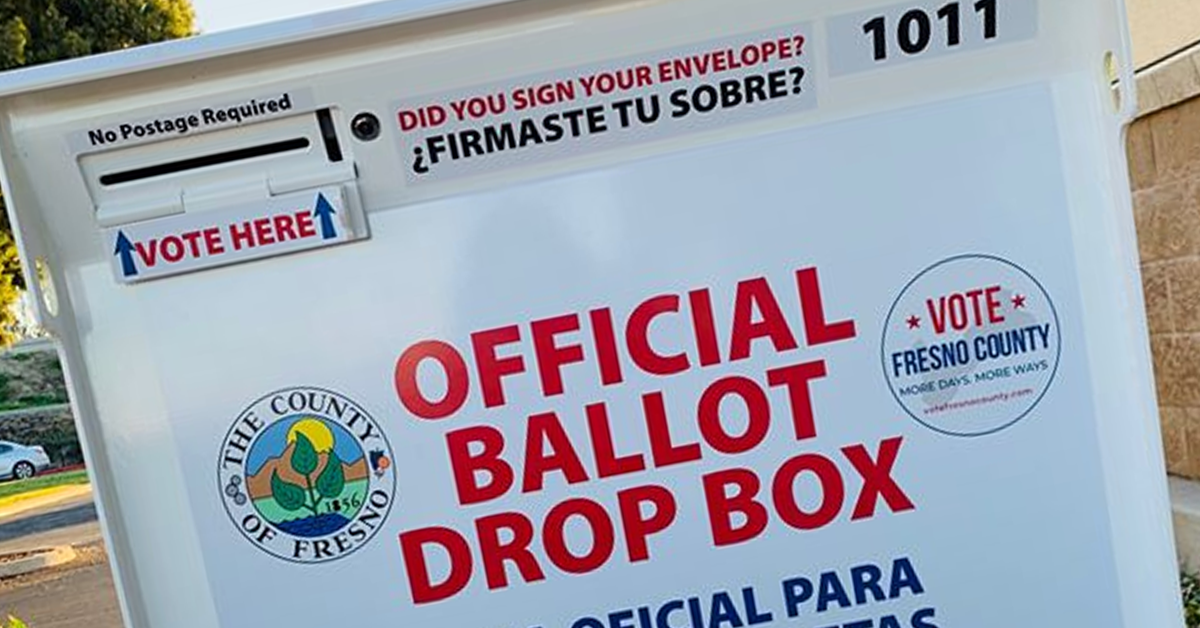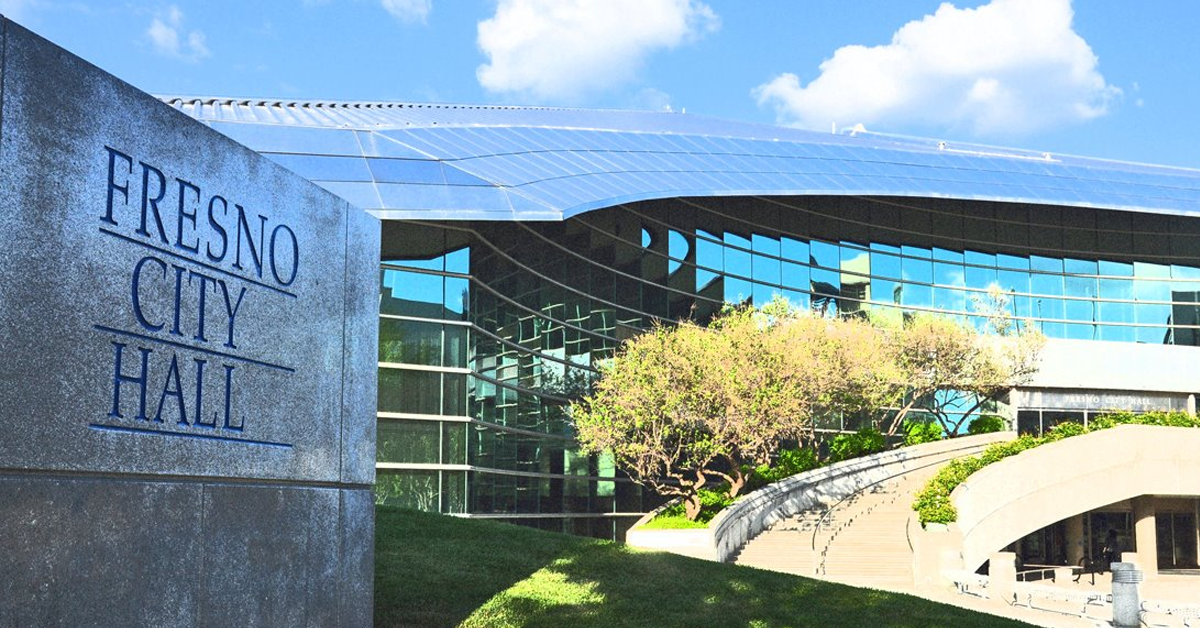About once a week Tommy Esqueda has a chat – via phone or email – that goes something like this:
Regional water bigwigs: “Can Fresno take a gulp?”
Esqueda from his City Hall office: “You bet.”
Regional water bigwigs: “How big? Please say real big!”
The city’s Director of Public Utilities knows the lingo. To take a “gulp” means to accept a huge slug of free or nearly free water from the miraculous watershed that is the Sierra Nevada.
Anyone who lived through California’s historic drought of 2011-2015 understands Esqueda’s prompt response. We were so thirsty that some of us routinely drove eight miles to the sewer farm west of town to fill five-gallon jugs with treated water so the backyard Japanese boxwoods got a drink.
Now the water folks are begging us to take the stuff off their hands. That’s what a wet 2015-2016 winter, followed by what’s shaping up as an even wetter 2016-2017 season, does to water policy.
But there’s one caveat to the offers that keep rolling into Esqueda and his peers in communities throughout the Central Valley: The “gulp” – as you would expect – comes all at once.
Emergency storage capacity controlled by the community is pivotal to taking a big gulp.
To back up just a bit, Esqueda and City Hall Communications Director Mark Standriff were kind enough earlier this week to give me 20 minutes of their time. My interest: The City Council’s recent renewal of the Section 215 water contract with the Federal government.
In short, 215 water is “extra” water at Millerton Lake. The water behind Friant Dam has lots of users. In most years there’s nothing left over. But the Bureau of Reclamation always leaves open the possibility that a really wet winter could produce “extra” water that must be disposed of if the lake’s water level to be wisely managed.
A city has to have a current 215 contract in the Bureau’s hands if it wants to accept one of those sudden offers of a big gulp.
I thought I’d ask Tommy if Fresno is getting some 215 gulps.
“Huge rain – huge water – really great – recharging the aquifer,” Esqueda told me.
Both of us love wet winters. There’s no need to communicate with complete sentences.
But, as I soon learned, the supplying of big gulps is much more complicated than I had assumed.
Esqueda said distributors and consumers in the complex network that is California’s water system have their own language to identify different sources of supply. Sometimes it’s “colors” of water. Sometimes it’s “classes” of water. Sometimes it’s “tiers” of water.
Fresno in a typical rain season has entitlements to 60,000 acre-feet of Class I water from Millerton Lake, which is fed by the San Joaquin River. We’re dealing the Bureau of Reclamation here.
In that typical rain season, Esqueda said, the lake delivers 800,000 acre-feet to Class I customers.
Then there’s Class II water, or the second tier. If the season has been wetter than normal, then customers can hope to get up to 1.4 million acre feet of Class II from the lake.
Millerton Lake in such a scenario would deliver 2.2 million acre-feet to Valley homeowners and farmers. If that’s not a miracle worthy of humble gratitude to Providence, I don’t know what is.
Esqueda then reeled off three other “colors” or “tiers” of water made available in really wet years: Re-circulated water, unreleased restoration flows and 215 water.
Each has its unique purposes. Esqueda didn’t get into the weeds with me. He simply summed up the good news: “The city has access to all those types of water. We’re working with Fresno Irrigation District to figure out what’s the right type of combination to take.”
Esqueda explained what he meant with the words “right type of combination.” The explanation, brief though it was and delivered with compassion for the listener, made my head hurt. It’s sufficient to note that different tiers or classes of water have different prices per acre-foot. The Kings River flood-release water, Esqueda said, is free.
The most recent storms have had only a modest impact on Fresno. But the rains have been torrential in the foothills just to the north of us. That area includes the San Joaquin River watershed. Result: Even more water is rushing into Millerton Lake.
Esqueda, Standriff and I were chatting on a Tuesday. Esqueda said the Bureau called consumers such as Fresno City Hall the night before, asking everyone if they wanted big gulps in a hurry.
The Bureau got some takers, but not enough. The releases out of the dam into the riverbed were dramatically increased.
“It’s the law of supply and demand,” Esqueda said. “There’s so much supply right now. The demand is not matching the supply.”
But small-town Valley natives like myself know that droughts always return. Then you combine that fact of life with Fresno’s impressive efforts to recharge its aquifer and make the city “water resilient” through greater use of surface water. The result is considerable frustration, even anger, in many circles with a state government that seems indifferent to developing more storage capacity when the rains are heavy.
This isn’t the time to get into the Temperance Flat Dam issue.
But storage doesn’t mean simply another dam (valuable though they are). Esqueda is able to accept periodic “gulps” because he and City Hall’s local partners (FID and the Fresno Metropolitan Flood Control District, among them) have surface recharge/ponding basins in which to park the water.
The water percolates into the aquifer, which needs all the help it can get.
City-owned Leaky Acres (225 acres, average depth nearly 6 feet) northwest of Fresno-Yosemite International Airport is usually empty this time of year. Not anymore. Esqueda said Leaky Acres this month will help recharge into aquifer about 1,200 acre-feet, all of it courtesy of “gulps.”
That’s just a sip compared to what the future could hold. Esqueda said water officials from Fresno, Clovis, FID and the Flood Control District have had preliminary talks about developing a regional system of recharge/ponding basins that could handle a single “gulp” of 30,000 acre-feet.
The City of Fresno (population – 525,000) uses about 120,000 acre-feet in a normal rain year.
“We’d like to be able to take 30,000 acre-feet, park it, store it and make it available,” Esqueda said. “That would be good.”
Indeed.










